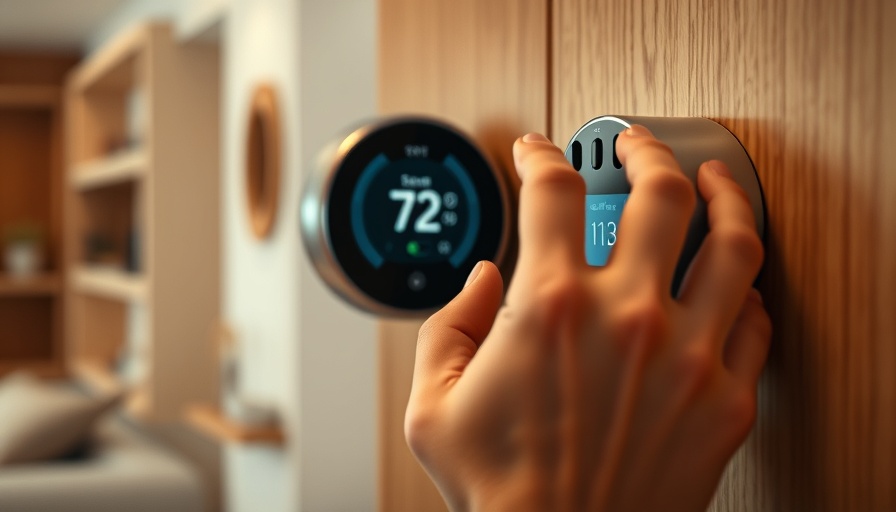
Understanding Essential Plumbing Terms for Every Homeowner
As a homeowner, grasping basic plumbing terms and the tools that come with them can save time and money when tackling plumbing projects or understanding contractor communications. Even routine home maintenance becomes less of a chore when you’re equipped with the right vocabulary and knowledge.
The Pillars of Your Plumbing Toolkit
Your plumbing toolkit is essential not only for any DIY repairs but also for ensuring you have the right items should the need for professional help arise. Basic plumbing tools can make simple tasks easier and complement the professional skills of your plumber's toolkit. Essential plumbing tools range from pipe wrenches to plungers and everything in between. Understanding how these tools work will empower you as a homeowner.
1. Pipe Wrench
The pipe wrench is often regarded as the quintessential plumber’s tool. Its primary function is to grip and turn pipes, making it invaluable when you’re working on plumbing tasks.
2. Plungers
While most homeowners are familiar with plungers, understanding the differences in designs can be crucial. Heavy-duty plungers often deliver greater suction and can clear clogged toilets or sinks more efficiently.
3. Inspection Camera
This tool allows professionals to view the insides of pipes and drains, making it easier to spot issues without invasive procedures. It’s becoming increasingly accessible for homeowners to rent or borrow, enhancing the ability to troubleshoot plumbing problems.
Communication Makes a Difference
Understanding basic plumbing language allows you to have an informed conversation with your plumber. Terms like 'blackwater,' referring to wastewater from toilets, and 'greywater,' from sinks or showers, may come up during repairs or installations. Knowing these concepts can elevate simple maintenance into informed decisions about water conservation, health standards, and the betterment of your home.
Tools That Make Plumbing Tasks Easier
Many common plumbing issues can be tackled with a few reliable tools. By becoming familiar with essential plumbing tools, you position yourself better to handle small tasks before calling in professionals; this not only saves you money but empowers you with practical knowledge.
4. Flexible Drain Cleaning Tools
Both snakes and augers are handy for tackling stubborn clogs. Investing in a good drain snake can allow you to clear minor blockages without needing immediate professional intervention.
5. Water Softener Systems
With many homes in southeast Michigan experiencing hard water issues, understanding how a water softener operates is essential. By treating hard water, you can improve the longevity of your plumbing fixtures and appliances, making your home more efficient.
Future Trends in Plumbing for Homeowners
As technology advances, homeowners have more options than ever for maintaining their plumbing systems, from smart water leak detectors to sophisticated drain inspection tools.
Why Plumbing Knowledge Matters
Understanding plumbing terms and tools is not just for professionals; it's an essential skill for every homeowner. By familiarizing yourself with this information, you ensure that you are prepared for home improvements or unexpected issues. Not only can this knowledge prevent embarrassing mishaps during conversations with professionals, but it can also enhance the safety and value of your home.
For those wanting to dive deeper, we encourage you to explore practical home improvement projects that incorporate plumbing knowledge in your own home. Embrace the opportunity to improve not just your property but also expand your skills!
 Add Row
Add Row  Add
Add 




Write A Comment